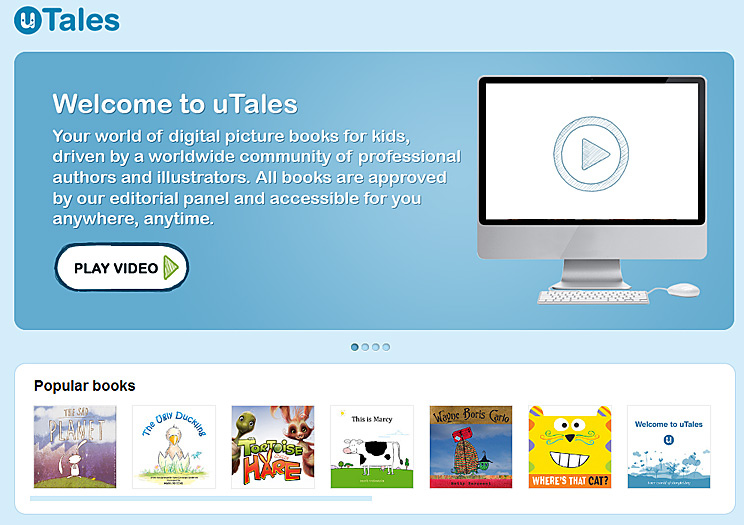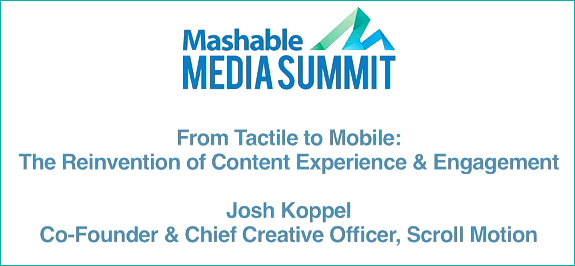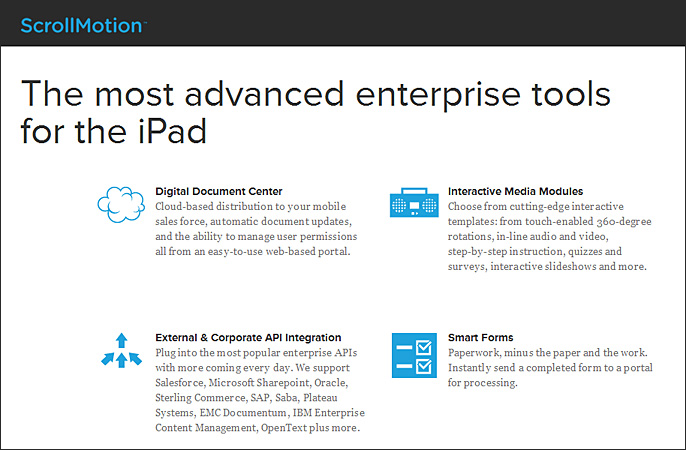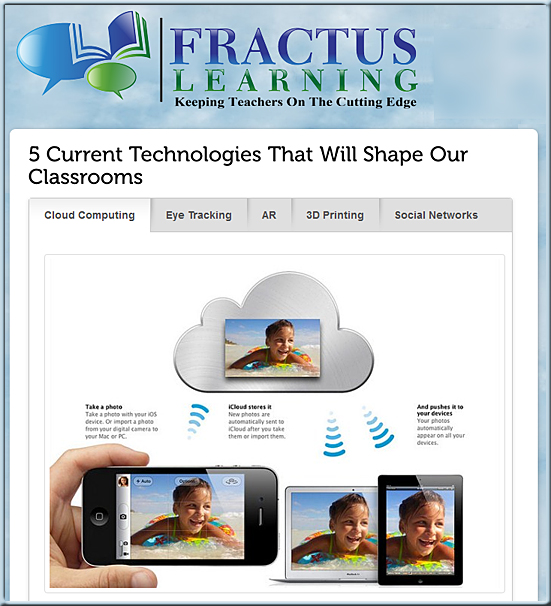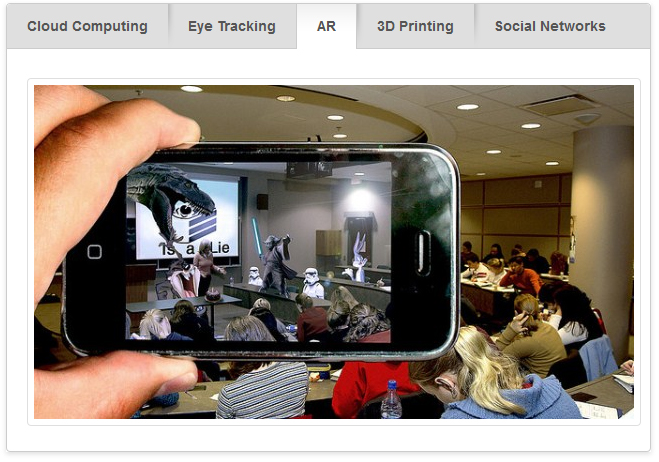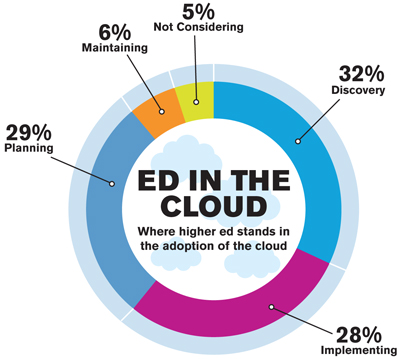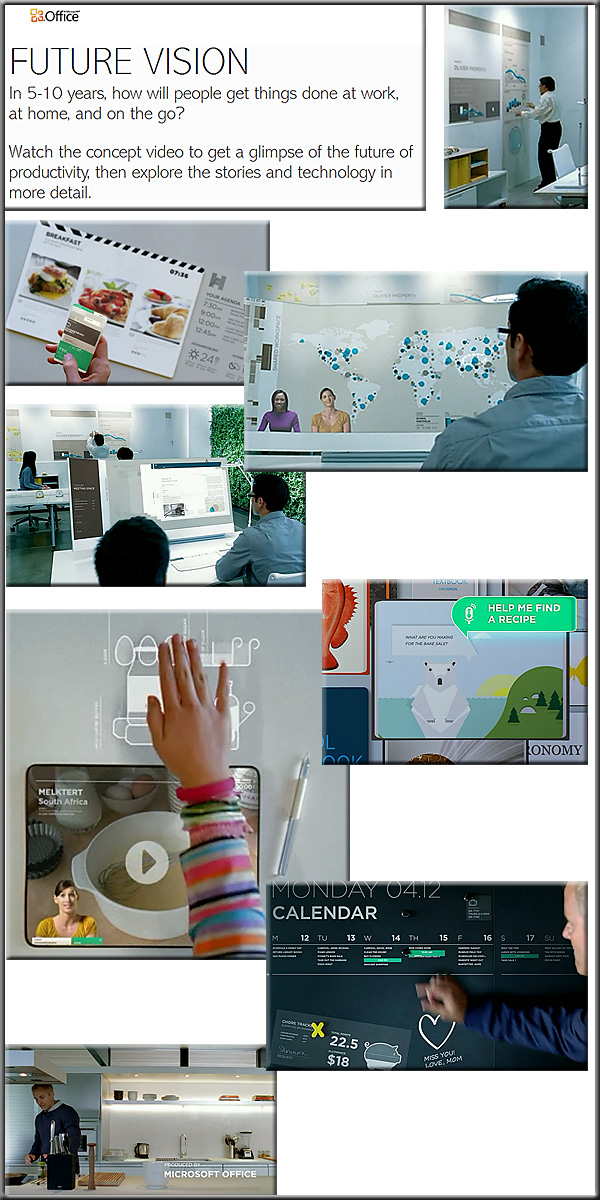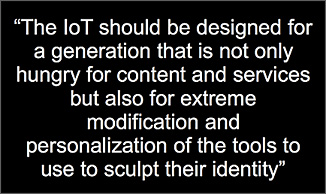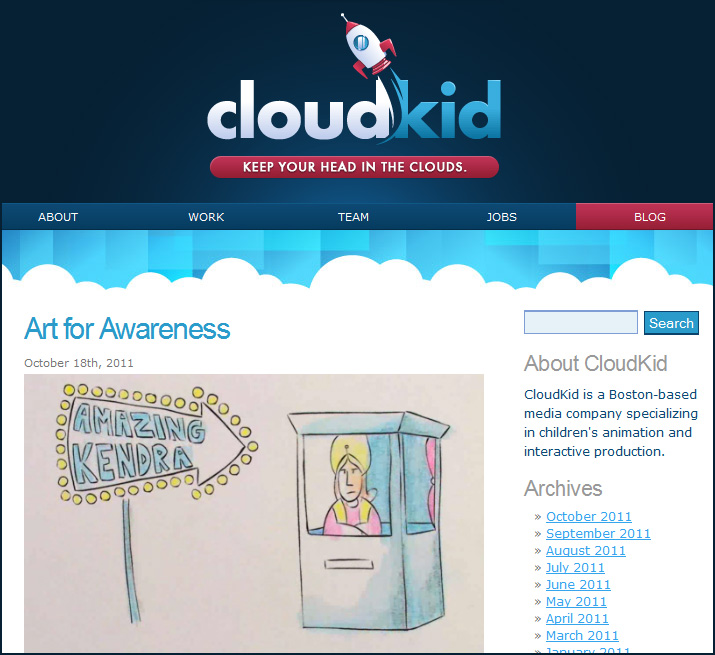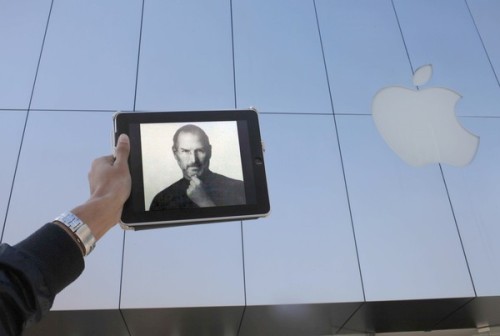- uTales: Crowdsourcing Children’s Book Publishing — from wired.com by Daniel Donahoo
HTML5 program promises to be game changer — from mediapost.com by Diane Mermigas
Also see:
- Elevation Partners Director and Co-Founder Roger McNamee [Video-based presentation]
Chapters (full program: 52 min 22 sec)
01. Introduction
02. Demise of Microsoft means opportunity
03. Google in a tough spot
04. Creativity rules in HTML5
05. Apple domination in tablets
06. Access from any screen
07. The social wave is over
08. TV the last protected media
09. Economic context and seed investing
10. Why Apple supports HTML5
11. Privacy regulation
12. HTML5 implications for content protection
13. Investment in Forbes
14. Ringback tones
15. Money in the music industry
16. Subscription television
- 10 Hypotheses for Technology Investing — by Roger McNamee
- #1: “Next” web architecture = Hypernet + Hyperweb
- #2: The decline & fall of Windows unlocks revenue
- #3: Index search is peaking
- #4: Apple’s model threatens web
- #5: HTML5 is game changer for publishers
HTML5 is not just a programming language; enables new models of web experience
– Developers will embed audio and video directly in web pages, replacing Adobe’s Flash plug-in; enables much greater differentiation in sites, advertising, etc.
– Content publishers will redesign their sites to reduce power of Google, ad networks
HTML5 will be disruptive in ways we cannot imagine today: pendulum swinging to favor content creators and publishers. Imagine Amazon or eBay storefront as an ad.
– Everything can be an app . . . every piece of content . . . every tweet . . . every ad
– Ads: create demand and fulfill it at the same time . . . without leaving publisher’s page
– Other tech (e.g., Wordnik) enables publishers to protect and monetize text onsite and off- #6: Tablets are hugely disruptive
- #7: First wave of “social web” is over
- #8: Smartphones in US: Apple + 7 Dwarfs
- #9: Wireless infrastructure is a competitive threat to US
- #10: Integration of TV & Internet could be disruptive
From DSC:
- A recommendation that caught my eye:
Focus 100% on companies that are cloud + multiscreen; HTML 5 as proxy.
One iPad publishing platform to rule them all — from Mashable.com by Josh Koppel, Co-founder and Chief Creative Officer at ScrollMotion
.
Excerpt:
App developer ScrollMotion has created tablet content for some of the world’s largest publishers. At the Mashable Media Summit last Friday, its co-founder and chief creative officer Josh Koppel showed off a single platform built to run the entire gamut of enterprise media publishing.
.Also see:
Gartner adds Big Data, Gamification, and Internet of Things to its Hype Cycle — from readwriteweb.com by Joe Brockmeier
Excerpt:
Gartner is once again taking a look at the “hype cycle” for technologies and trying to assess where technologies lie along the bumpy road from technology trigger to productivity. This year, Gartner is adding big data, Internet of Things, gamification and consumerization to the Hype Cycle that weren’t present in 2010. According to Gartner, private cloud computing has reached the peak level of hype, and cloud/Web platforms are slipping into the “trough of disillusionment” in the face of Platform as a Service (PaaS).

Also see:
Higher Ed’s Ultimate Guide To Cloud Computing — from edudemic.com
Topics include:
- What is cloud computing?
- Why use it?
- The challenges of using cloud computing
- What it means to higher ed
- Educause’s 7 things you should know about cloud computing
- Legal considerations
- …and more
Also see:
- Adobe’s incredible new cloud photo storage system now online — from edudemic.com
Addendum on 11/2/11:
-
Diving Into the Cloud — from campustechnology.com by Rama Ramaswami, Dian Schaffhauser
In a two-part series, CT provides IT administrators with an easy-to-understand primer to help them educate campus constituents about the cloud and what it can do for their institutions.
Excerpt:
We were asked to consider the Internet of Things (IoT) from the user’s viewpoint. Well, my viewpoint is exactly this, since I’m neither a company director nor a software coder or a hardware creator. From an user’s viewpoint I think we are undergoing a big transformation. The Internet of Things comes out from an evolution process which involves calculation power, connections, networking, personal technologies, and that can be resumed in four phases.
Gartner identifies the Top 10 Strategic Technologies for 2012
Analysts Examine Latest Industry Trends During Gartner Symposium/ITxpo
Excerpt:
The top 10 strategic technologies for 2012 include:
- Media Tablets and Beyond.
- Mobile-Centric Applications and Interfaces.
- Contextual and Social User Experience.
- Internet of Things. The key elements of the IoT include:
Embedded sensors, Image Recognition, Near Field Communication (NFC) payments - App Stores and Marketplaces.
- Next-Generation Analytics.
- Big Data.
- In-Memory Computing.
- Extreme Low-Energy Servers.
- Cloud Computing.
Pearson and Google jump into learning management with a new, free system — from The Chronicle by Josh Fischman
Excerpt:
One of the world’s biggest education publishers has joined with one of the most dominant and iconic software companies on the planet to bring colleges a new—and free—learning-management system with the hopes of upending services that affect just about every instructor, student, and college in the country.
Today Pearson, the publishing and learning technology group, has teamed up with the software giant Google to launch OpenClass, a free LMS that combines standard course-management tools with advanced social networking and community-building, and an open architecture that allows instructors to import whatever material they want, from e-books to YouTube videos. The program will launch through Google Apps for Education, a very popular e-mail, calendar, and document-sharing service that has more than 1,000 higher-education customers, and it will be hosted by Pearson with the intent of freeing institutions from the burden of providing resources to run it. It enters a market that has been dominated by costly institution-anchored services like Blackboard, and open-source but labor-intensive systems like Moodle.









